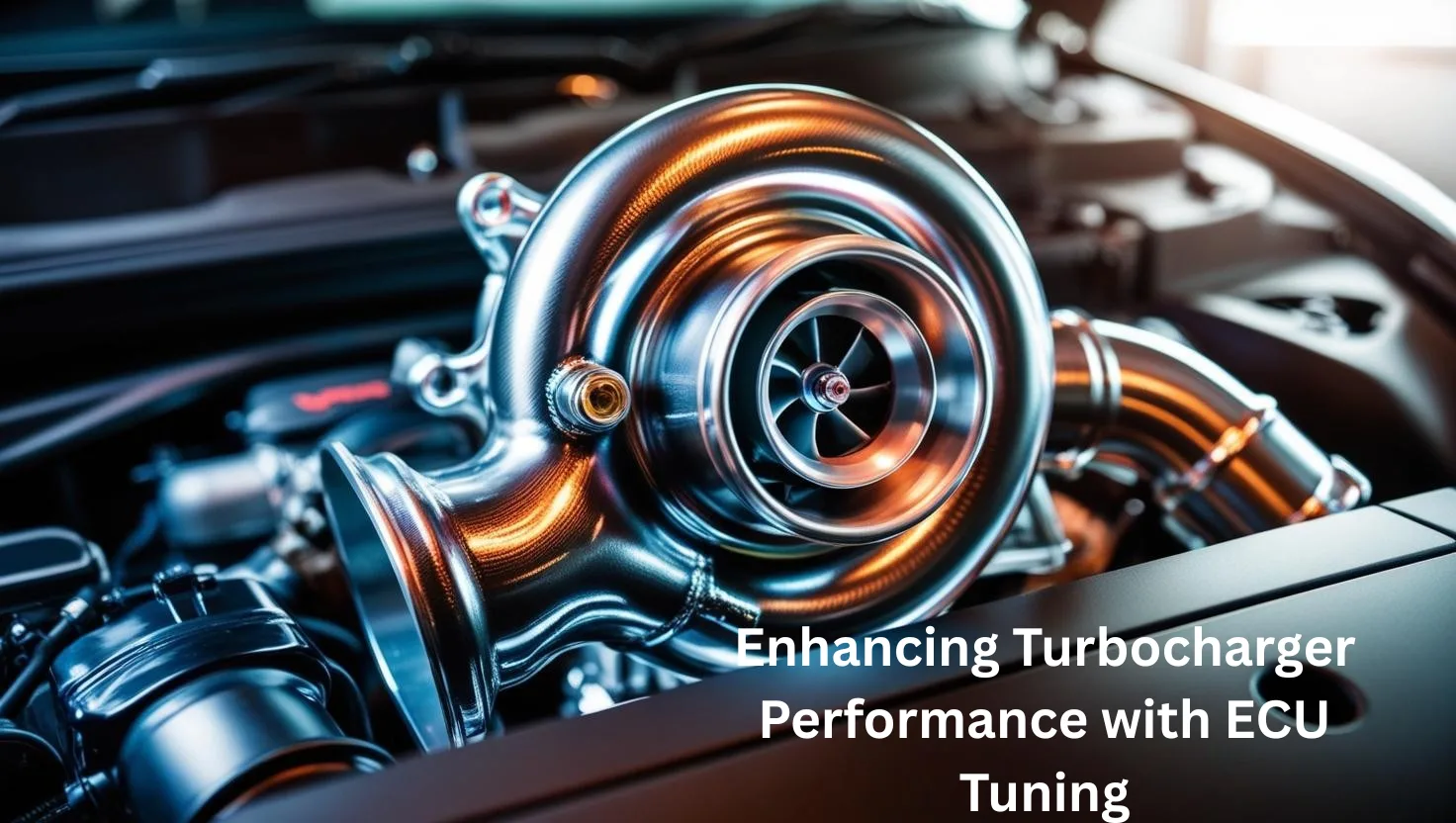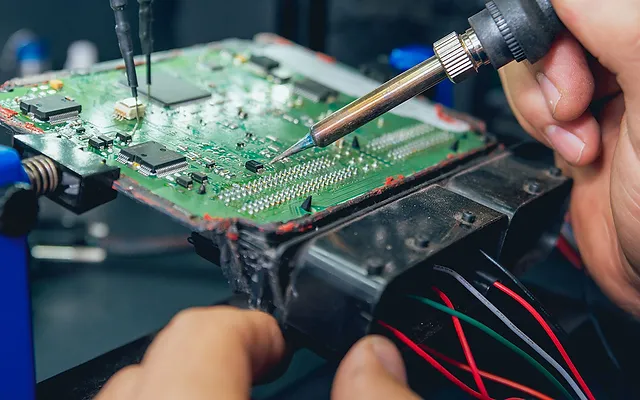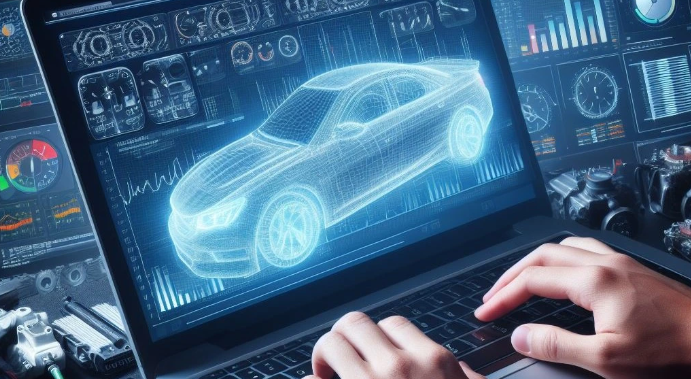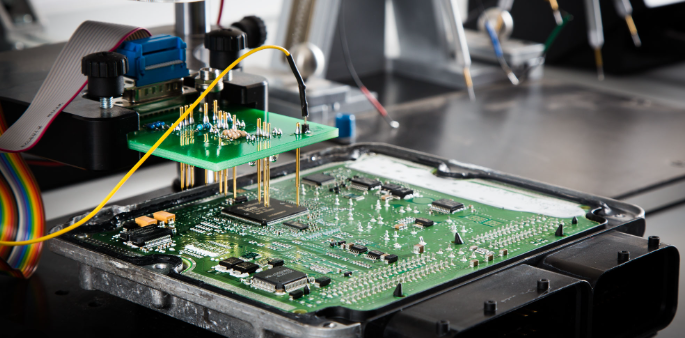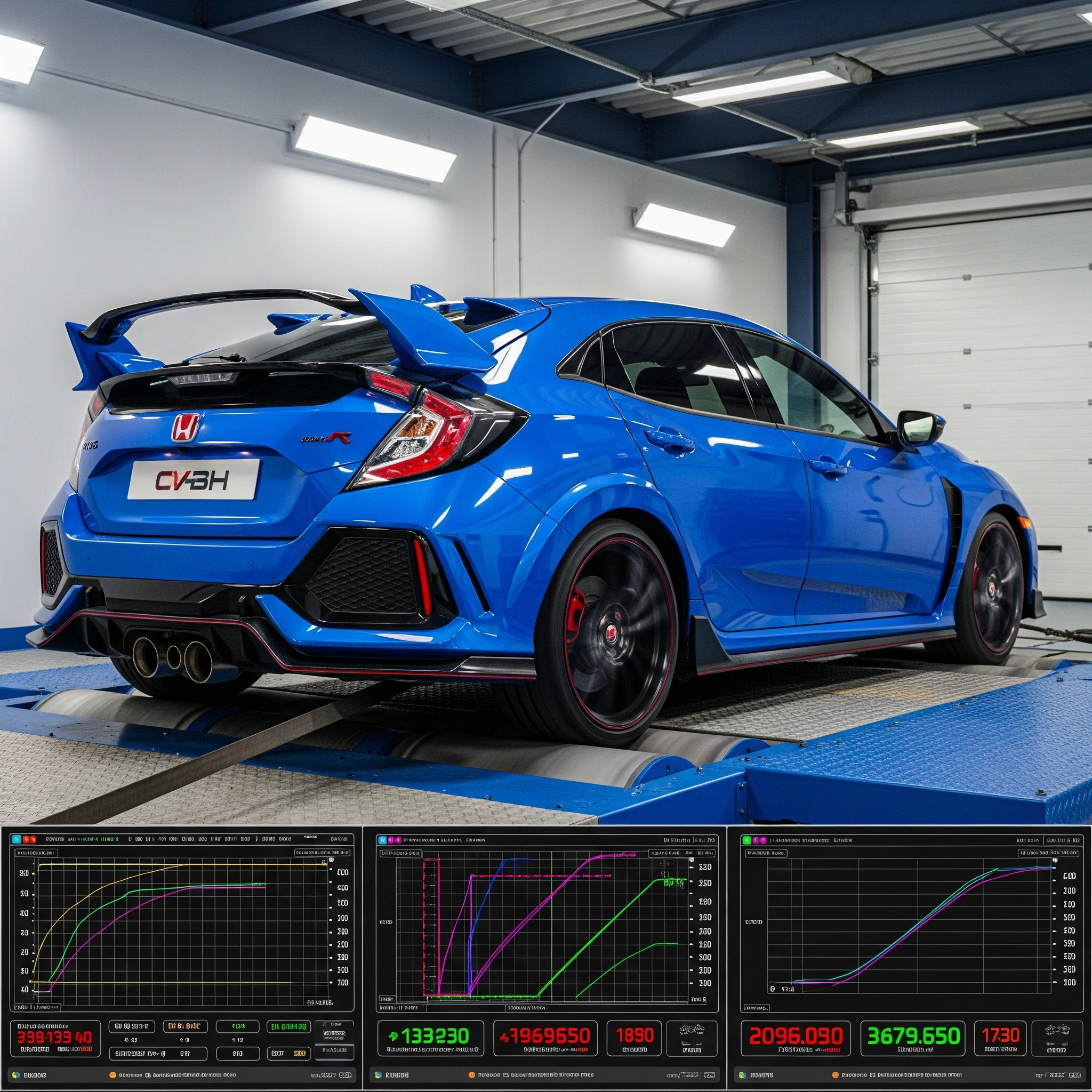Enhancing Turbocharger Performance with ECU Tuning
Turbochargers have become a popular choice for automotive enthusiasts seeking to boost engine performance and achieve higher power outputs. These forced-induction devices compress incoming air, resulting in increased air intake and improved engine efficiency. However, the true potential of a turbocharger can only be fully realized when paired with optimized engine control. Electronic Control Unit (ECU) tuning plays a crucial role in enhancing turbocharger performance, ensuring seamless integration and maximizing power gains. In this comprehensive blog, we will explore the relationship between turbochargers and ECU tuning, and how the two work together to unleash the true power of a turbocharged engine.
1. The Role of Turbochargers in Engine Performance
Before delving into the impact of ECU tuning on turbocharger performance, it’s important to understand the fundamental role of turbochargers in engine performance. A turbocharger is essentially a forced induction system that increases the amount of air supplied to the engine, allowing for better combustion and increased power output. When exhaust gases pass through the turbine side of the turbocharger, the turbine wheel spins, compressing the incoming air and forcing it into the engine’s intake manifold. This increased air density results in more efficient combustion and a significant boost in power and torque.
2. The Need for ECU Tuning with Turbochargers
While turbochargers offer significant performance gains, their integration with the engine requires precise control and calibration. The ECU, as the vehicle’s control unit, manages various engine parameters, including fuel delivery, ignition timing, and air-to-fuel ratios. When a turbocharger is added to the engine, these parameters need to be adjusted to accommodate the increased airflow and ensure optimal performance. This is where ECU tuning comes into play.
3. Turbocharger ECU Mapping
ECU tuning involves remapping the engine control system to optimize performance under various conditions, including the presence of a turbocharger. The turbocharger ECU mapping process includes adjusting fuel delivery, ignition timing, and boost pressure settings to synchronize with the turbocharger’s operation. This ensures that the engine receives the correct amount of fuel and air to achieve the desired power output without compromising reliability.
4. Boost Pressure Control
One of the critical aspects of ECU tuning for turbochargers is boost pressure control. Boost pressure refers to the level of compressed air delivered to the engine by the turbocharger. ECU tuning allows tuners to precisely control the boost pressure, optimizing it for different driving conditions and power demands. A well-tuned boost pressure control ensures smooth power delivery and prevents issues like over-boosting or turbocharger lag.
5. Fuel Delivery and Air-to-Fuel Ratios
With the increased airflow provided by the turbocharger, the engine requires a corresponding increase in fuel delivery to maintain the ideal air-to-fuel ratio. ECU tuning adjusts fuel delivery and air-to-fuel ratios to match the enhanced air intake, allowing for efficient combustion and optimal performance. Proper fueling is crucial for preventing lean conditions, which can lead to engine damage, and rich conditions, which can waste fuel and reduce power.
6. Ignition Timing
Optimal ignition timing is vital for turbocharged engines. ECU tuning ensures that the spark is ignited at the right moment to achieve the most efficient combustion. Advancing or retarding the ignition timing can have a significant impact on power output and turbocharger performance. Careful calibration of ignition timing in conjunction with boost pressure control and fuel delivery is key to maximizing turbocharger efficiency.
7. Real-time Data Logging and Fine-tuning
ECU tuning for turbocharged engines often involves real-time data logging during dyno testing or on-road driving. Data logging allows tuners to analyze the engine’s performance under various conditions and make fine adjustments to the engine map. Iterative tuning helps achieve the most precise calibration, maximizing the turbocharger’s performance potential.
8. Safety Measures
ECU tuning for turbochargers must include safety measures to protect the engine from damage. Many ECU tuning software programs incorporate safeguards to prevent over-boosting, excessive exhaust gas temperature, and other potentially harmful conditions. These safety features ensure that the engine operates within safe limits, even under aggressive driving or extreme conditions.
9. Aftermarket Turbocharger Upgrades
For enthusiasts seeking even more power from their turbocharged engines, aftermarket turbocharger upgrades are a common modification. ECU tuning is essential when installing an aftermarket turbocharger, as it requires different calibration settings than the stock turbo. A well-tuned ECU allows the new turbocharger to reach its full potential, delivering substantial power gains.
10. Benefits of ECU Tuning for Turbocharger Performance
The benefits of ECU tuning for turbocharger performance are extensive:
a. Increased Power and Torque: Properly tuned ECU allows the turbocharger to deliver more air to the engine, resulting in increased power and torque output.
b. Improved Throttle Response: ECU tuning optimizes the engine’s response to throttle inputs, providing instant and smooth power delivery.
c. Enhanced Fuel Efficiency: A well-tuned ECU ensures efficient fuel delivery, allowing for better fuel economy despite the added power.
d. Customization: ECU tuning allows for customization, tailoring the engine’s performance to the driver’s preferences and vehicle setup.
e. Better Drivability: ECU tuning ensures a seamless and harmonious integration of the turbocharger, leading to better overall drivability.
Related Courses
- Webinar
- Includes Certificate
- Webinar
- Includes Certificate
- Webinar
- Includes Certificate

